The mystic and the majestic Himalayas have been carryings millions of myths, stories, and legends in its heart. For instance, the Kinnaur region of Himachal Pradesh used to be known as the land between earth and heaven. The people of this village used to be known as Kinnaras, who were believed to be part god and part human. Well, the immense beauty of this region justifies the myths attached to it, as well as the quote of John Ruskin,
‘Mountains are the beginning and the end of all-natural scenery’.
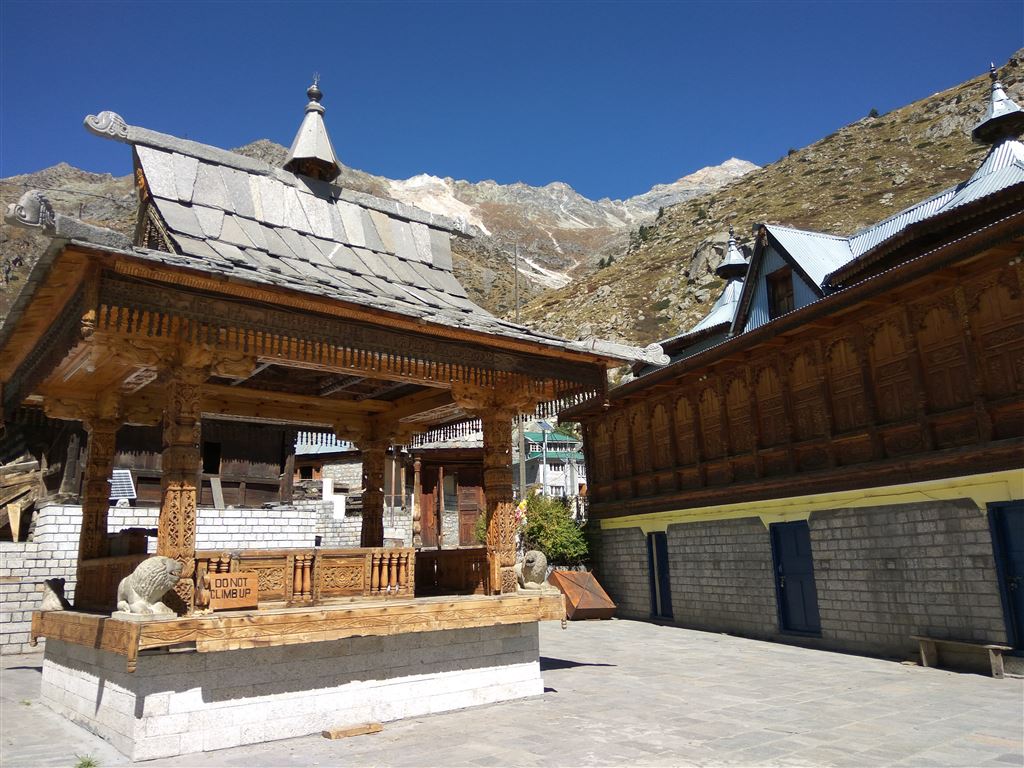
The true beauty of the Himalayan region can be experienced while staying in the mid of nature, surrounded by its beauty. In one word, camping is the perfect way to enjoy the raw natural beauty of Himalaya. For the best experience of camping, I had chosen a small Hamlet of Kinnaur region, Chitkul. It is also the last Indian village near the Indo-Chinese border.
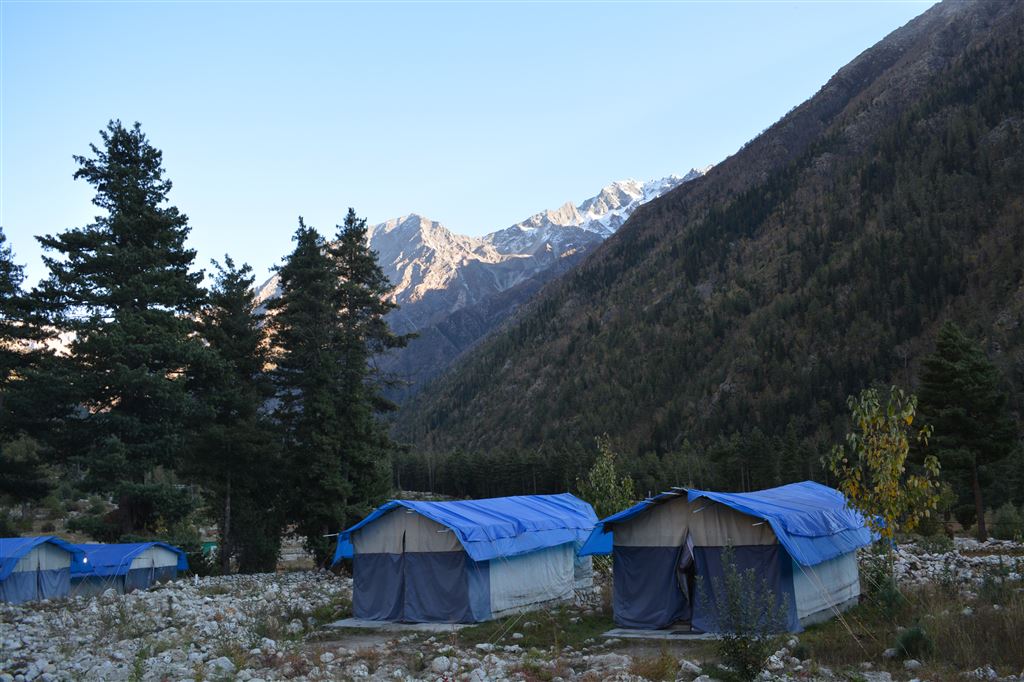
The Route to Reach Chitkul
In the Kinnaur region of Himachal Pradesh, the village of Chitkul is located close to the Sangla valley. It is just over 60 km from Kalpa, around two hours from this famous city. The most common entry-route of this region is through the tourist-favorite destination Shimla. The journey towards the small town was through the immense beauty of this region.
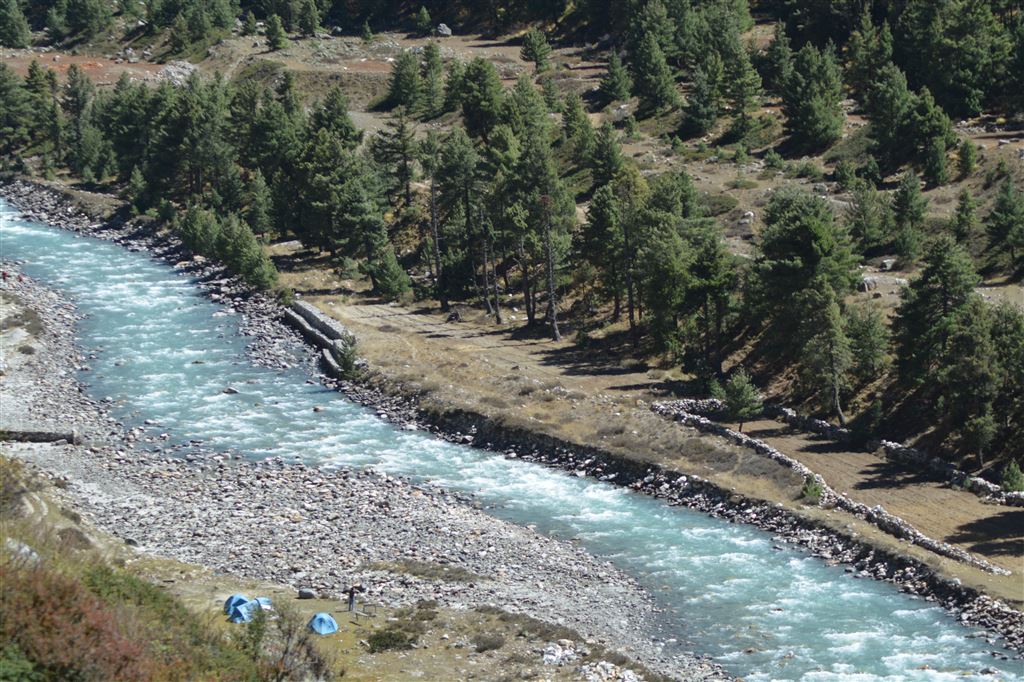
The entry point of this village had revealed that we were close to the border area. The army check post demanded all our National Identity documents, our names are to be registered as the visitors entering at this village. The border security of India and China is gradually very strict, which can be felt from here only.
The Amazing Campsite
The village of Chitkul is located on the bank of the gorgeous Vaspa river. After leaving the army check post, there was almost half an hour drive left for the village. We were informed that the campsites are based admits the hills, before the entrance of the main village. Just after 10 minutes, we had reached our campsite in the middle of the valley.
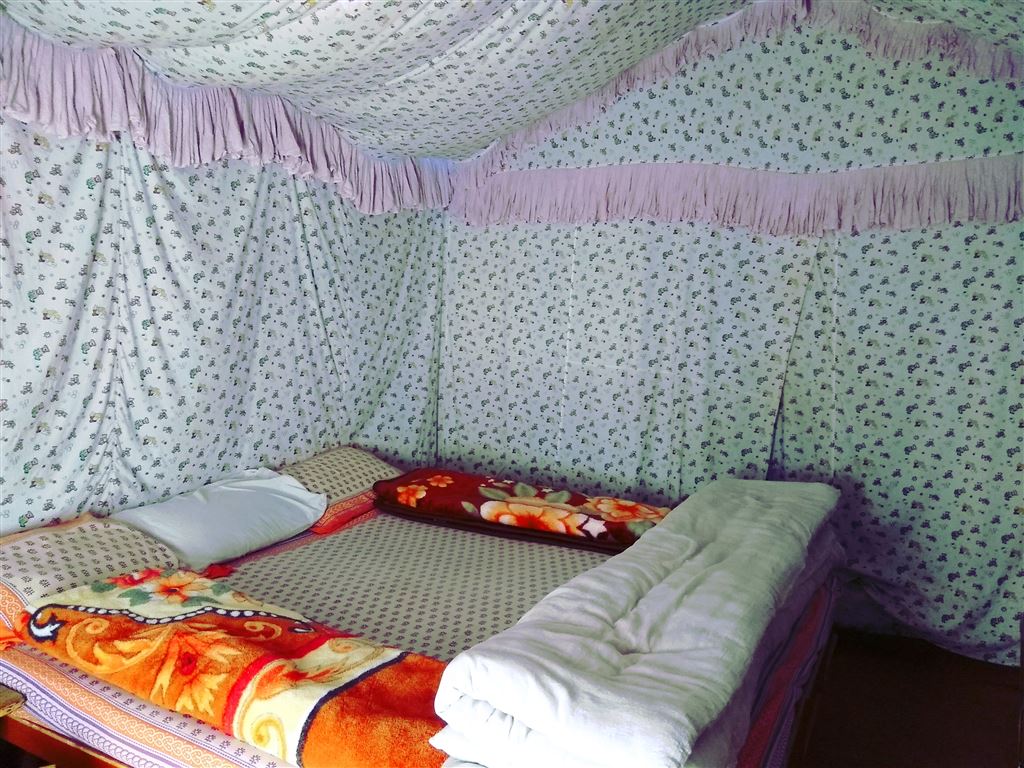
The campsite is practically based on the middle of nowhere, surrounded by gorgeous hills. The luxurious tents are spread all through the campsite, with a brick structure which is used as the dining hall. It was practically living amidst the mountains, below the clear sky. As I walked into my allotted tent, I was also mesmerized to see the interior of it. The tent was luxurious, with a grand bed and carpeted floor. A clean and simple bathroom was also attached to it. The tent can be zipped lock if I required some privacy, or the curtains can be drawn back if I want a view of the mountains from my own room.
The Vaspa River
It was almost noon when I had reached the campsite. After settling down a bit, I set to explore more of this beautiful campsite and its surrounding area. A faint sound of the river can be heard from there, so I had asked the manager about the sound. He declared, the river was actually very close, just off the bush that was surrounding it. As I had expressed the wish to see it, he called one of his menfolk to accompany me. The road through the bushes was not easy, so he suggested an experienced person take me through the journey.
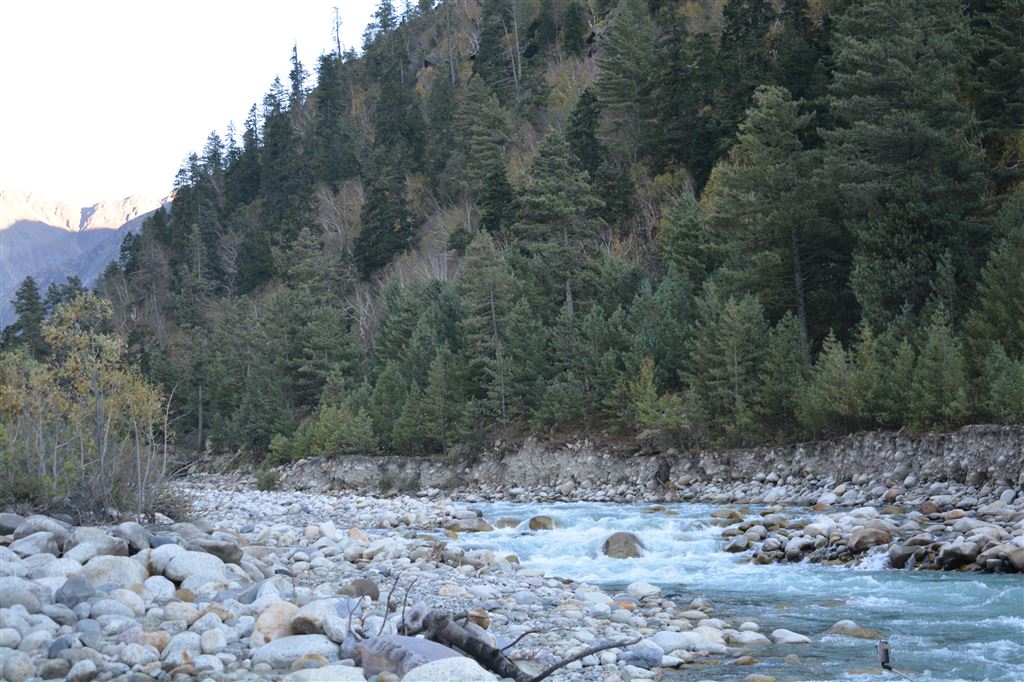
As soon as we had left the area of the campsite and started walking through the hilly path, I had understood the necessity of bringing somebody along. The path was extremely uneven, and several times we had to climb up and down in the slippery rocks and muds through the bushy pathway. My escort carefully guided me through this path until the opening of the river. Although the very short yet tough journey was exhausting, the sight of the pretty river had made me forgot everything but its beauty. Among the calm and quiet beauty of the Himalayan hills, this labile river was creating a daunting contrast. It was almost time for the sunset. So, I sat there to view the unnatural beauty of the sun going down over the Himalayan hills. As soon as the sun was down, I was advised to return immediately. The stiff road was to be more dangerous during the night. Moreover, we managed to get back before it was entirely dark safely to our campsite.
The Starry Night of the Camp
I had heard from the frequent trekkers and campers that the best part of a camping experience is the night. Undoubtedly, my first camping experience in Chitkul hadn’t disappointed me. The sky was cloudless and clear, full of stars. The corner rock of the campsite offered a 360-degree view of the sky, with billions of stars and the partial moon. Sadly, that wasn’t a full moon night, but we managed to see the glorious part of the moon and the illuminated stars. As I had sat there for a very long time enjoying the quiet beauty of the hills, my fellow campers had set a bonfire in the center of the campsite. In the chilling cold of the Himalayan valley, the warmth of the fire was just I needed at that moment.
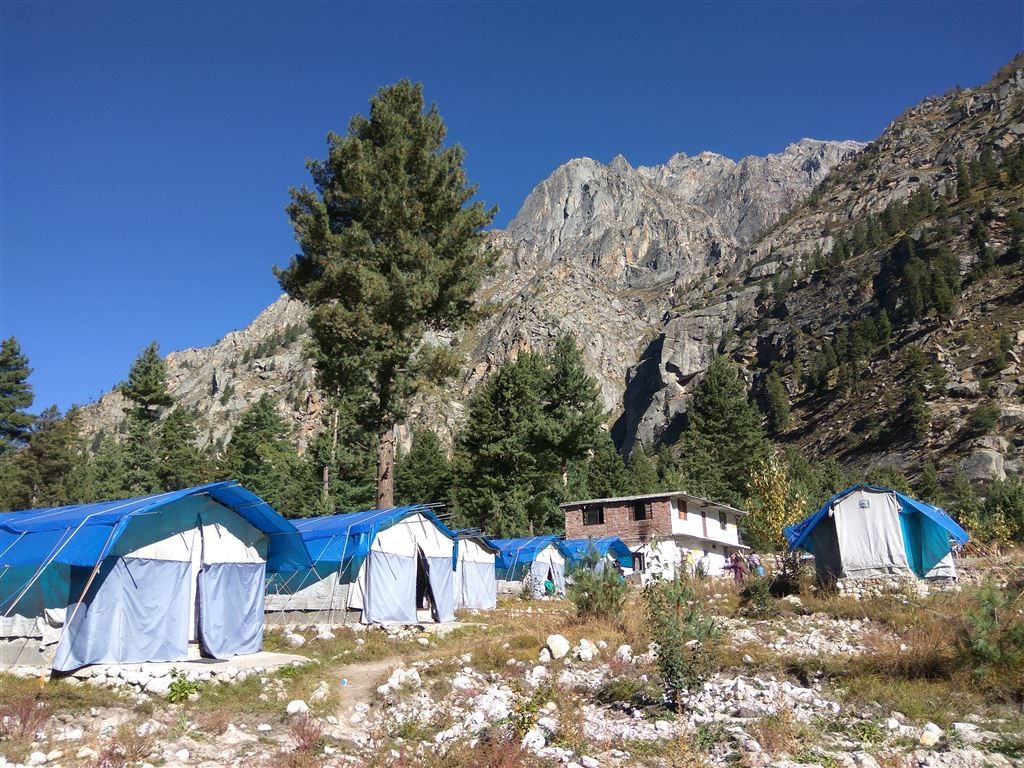
The dinner arrangement was also great in the campsite. We were served the hot chicken with the local bread, accompanying delicious sweets.
At night, the temperature had dropped drastically. We were supplied with plenty of blankets, but somehow, they weren’t sufficient. At the same time, along with all the trappings of the luxury, we got the true feel of camping in the hills.
The Mystic Village of Chitkul
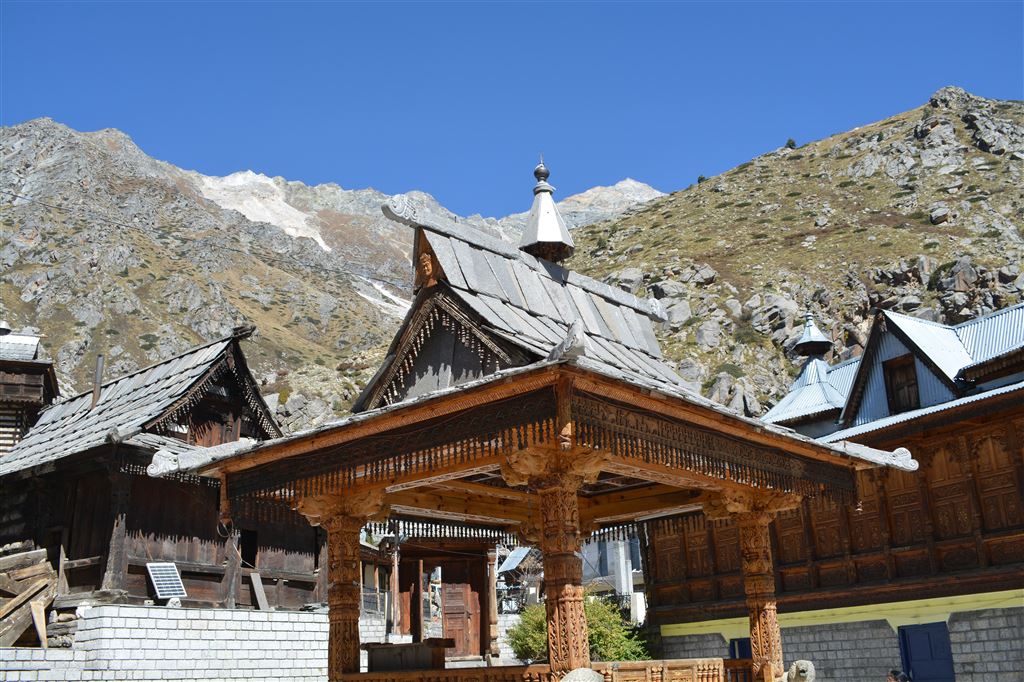
The morning brought the bliss of sun, which once again turned the valley magical and chill tolerable. It was time to visit the Mythical main village of Chitkul. Like the other parts of the Himalaya, this village also portrays the story of Goddess Mathi Devi. The legend says this goddess and her family had traveled a long way from Vrindavan to settle in this village at last. After her arrival, the prosperity of this village had increased. Therefore, she has been worshipped by the natives of this village as a deity. She is also linked with the local deities of the neighboring village, being the part of their family.
In the main village of Chitkul, there is a charming temple dedicated to Mathi Devi. It is believed that the temple is nearly 500 years old. The entire village of Chitkul follows a specific architecture with a wooden roof, very similar to the temple of Mathi Devi. The houses were either made with stone or wood, but principally they follow the Kinnauri Vernacular style architecture. I especially liked the beautiful temple of Mathi Devi which consists of three different structures. The temples were closed during our visit, as it was not the usual worship time of the locals. After a trip to the village, I climb down through a downhill slope to get a view of the Vaspa river once again.
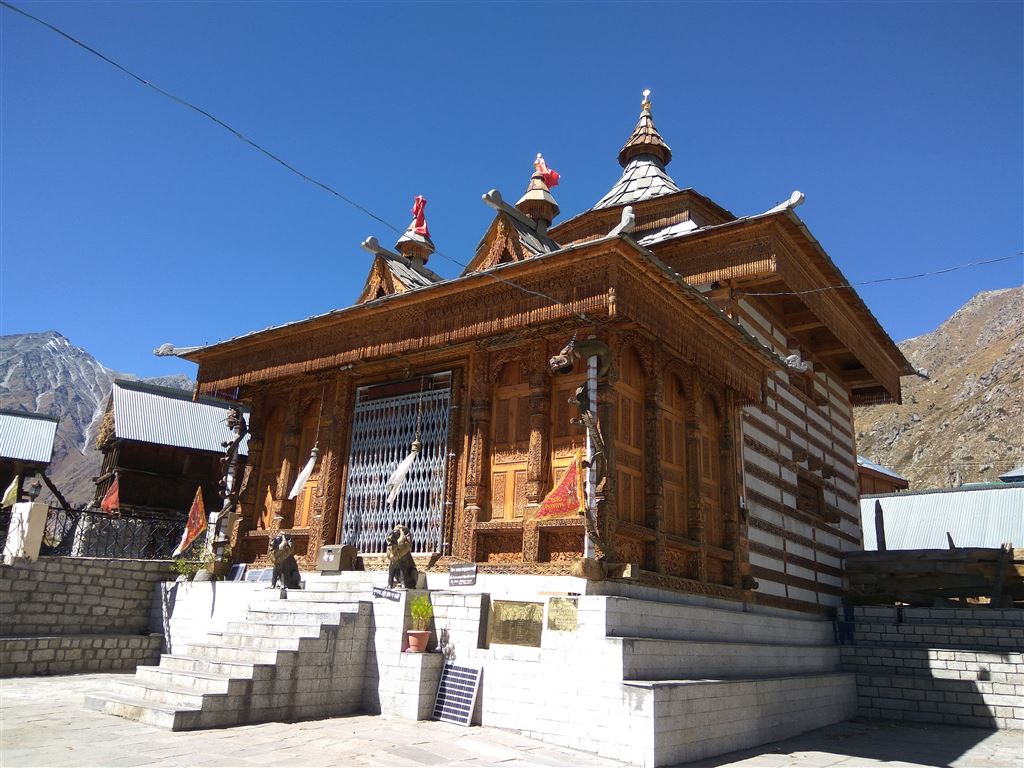
The village of Chitkul takes the utmost pride in being the last village of India before the territory of China starts. Various corners of the village keep reminding its visitors the essential fact about it. For me, the beautiful architecture with Himalaya in the background was the most attractive part of this town. The trip in this village had offered a long list of adventures, chilly night amidst the hills, the picture-perfect Himalayan hamlet, not to mention the beauty of the hilly river Vaspa.